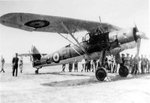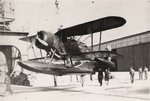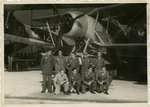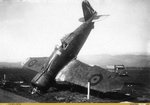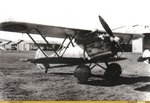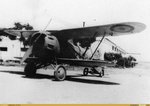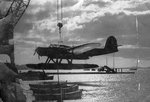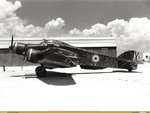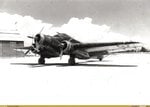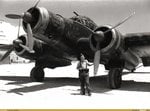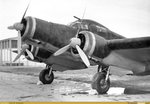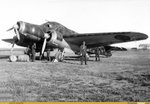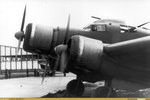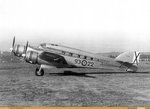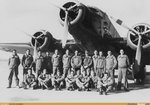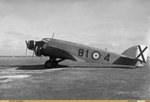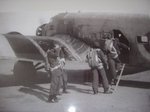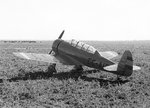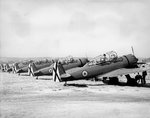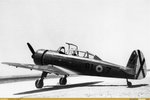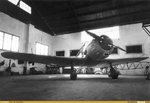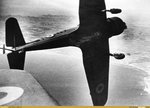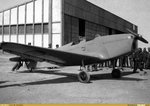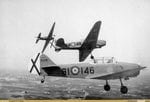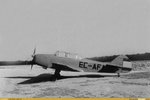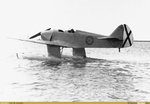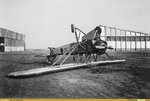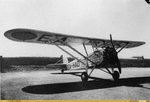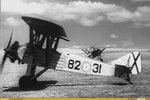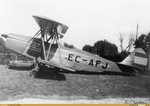- Thread starter
- #41
The Henschel Hs 126 was a German two-seat reconnaissance and observation aircraft of World War II that was derived from the Henschel Hs 122. The pilot was seated in a protected cockpit under the parasol wing and the gunner in an open rear cockpit. The prototype aircraft frame was that of a Hs 122A fitted with a Junkers engine. The Hs 126 was well received for its good short takeoff and low-speed characteristics which were needed at the time. It was put into service for a few years, but was soon superseded by the general-purpose, STOL Fieseler Fi 156 Storch and the medium-range Focke-Wulf Fw 189 "flying eye".
The first prototype was not entirely up to Luftwaffe standards; it was followed by two more development planes equipped with different engines. Following the third prototype, ten pre-production planes were built in 1937. The Hs 126 entered service in 1938 after operational evaluation with the Legion Kondor contingent to the Spanish Civil War.
The first prototype was not entirely up to Luftwaffe standards; it was followed by two more development planes equipped with different engines. Following the third prototype, ten pre-production planes were built in 1937. The Hs 126 entered service in 1938 after operational evaluation with the Legion Kondor contingent to the Spanish Civil War.
Attachments
Last edited:

